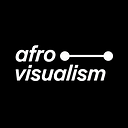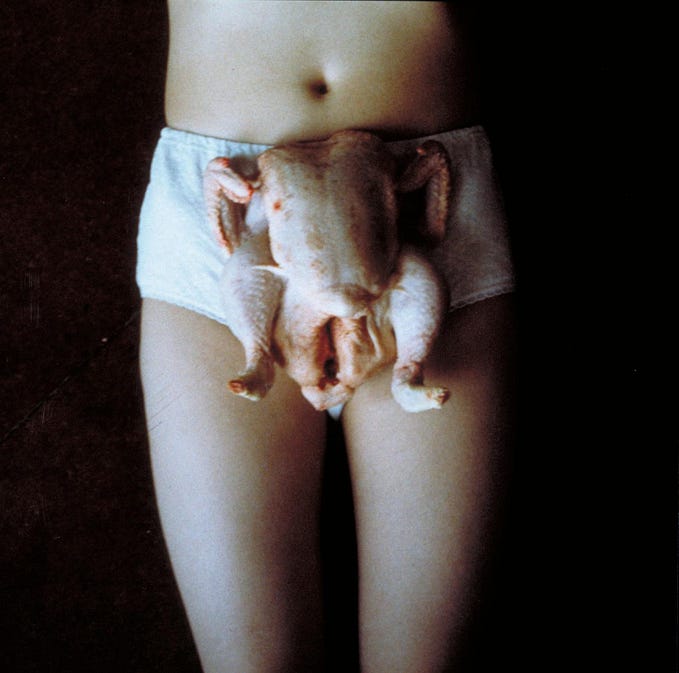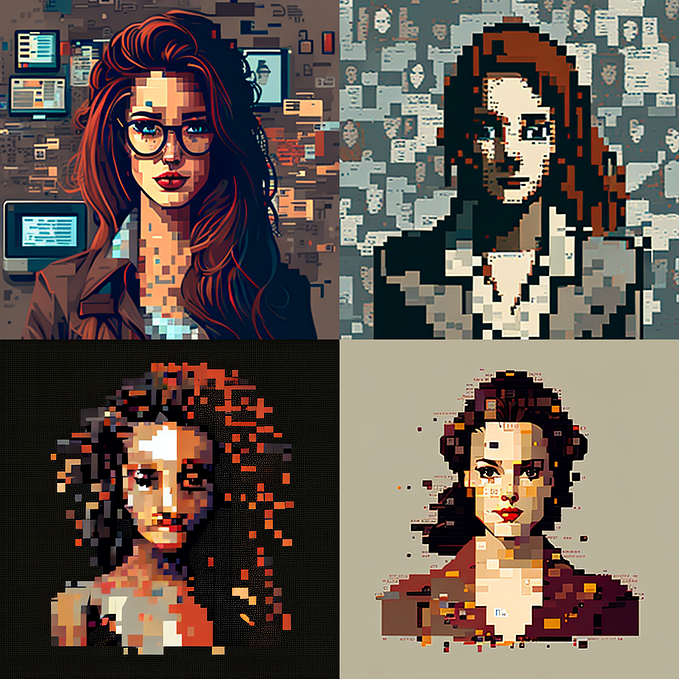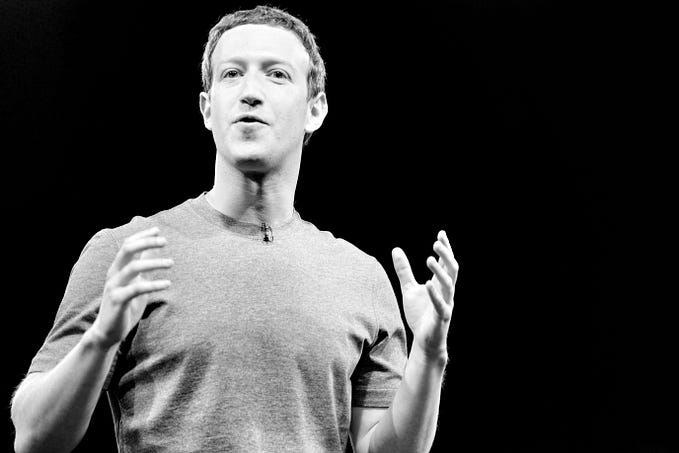Exploring Afrofuturism in Music and Visual Art
In this post, I will be briefly discussing the aesthetics of Afrofuturism and its intersection into visual art and music through black pop culture.

Afrofuturism is a movement that re-envisions black people through futuristic means. Despite being coined by Mark Dery in 1993, the term’s verbiage has been re-examined by African American scholars over the years. Many forms of art, literature, and music since the early 1900s have been uncovered, existing now as proof of concept to this idea. Afrofuturism stands on its own merit as a modernized successor to the Black Arts Movement.

Afrofuturism in Music
Before Afrofuturism had a name, in the 1970s, Earth Wind & Fire and Parliament-Funkadelic had a profound impact on how we see the genre today. The contributions EWF and Parliament-Funkadelic have made to the Afrofuturism canon is enormous — spiritual philosophies and collective intention behind their sound, from the studio to an entire stage production. Maurice and Verdine White’s vision for EWF came from a need to appeal to people’s imaginations.
Parliament-Funkadelic continued the standard as a musical collective with a strong philosophy and no shortage of talent, the P-Funk mythology was a way to realize black people in spaces no one ever imagined. When describing the Mothership Connection album, George Clinton said,
“We had put black people in situations nobody ever thought they would be in. I figured another place you wouldn’t think black people would be was in outer space.”

A rotating group of musicians came together in the same notion of a certain idea of black people in space, was unheard of at the time. Being that the leader of the group, George Clinton conceived the concept behind the Mothership, not just as a stage prop or performance art piece, but a symbol for the future, he was ahead of the curve.
Towards the middle of the 90s, hip-hop and R&B production was shifting in between analog and digital sounds, the changing technological effects of the music was making sounds more futuristic. Music videos were becoming more alluring, with the fish-eye lens popularized by director Hype Williams. Nearing the end of the millennium, emerging hip-hop producers, Timbaland and Darkchild, crafted new sounds with many artists such as Brandy and Missy Elliot.
In what would later be known as Hood Futurism in 2013, this extension of Afrofuturism accurately describes the visual styles of mid to late 1990s hip-hop. The name comes from the slang terms “hood” and ghetto” and recognizing the visual influence on contemporary black art and culture.
The neo-soul genre was a re-awakening of afrocentric concepts in music by merging jazz with R&B and hip-hop. Erykah Badu’s imagery was on another level. The song Didn’t Cha Know from her sophomore album Mama’s Gun was a clear Afrofuturist work about struggle, referencing imagery from African cosmologies.
Since the inception of her creative agency Saint Heron in 2013, Solange’s has been giving platforms to newer artists and putting out her music independently. Her most recent albums A Seat at The Table and When I Get Home both evolve the Afrofuturism genre, talking about navigating her blackness and finding freedom in her life.
Afrofuturism in Visual Art
Kerry James Marshall paintings make clear statements about of art history. His artwork features African Americans painted black, to recognize how the color black functions as a color and presence of black people in the canon of art history. Many of his paintings display black people in everyday life, the also puts them in Renaissance poses to acknowledge and engage the viewer.
He creates paintings and sculptures as a dialogue between African American and African imagery. He draws inspiration from African culture, science fiction, art history, and comic books. His work creates new ways to look at the African Diaspora through placing these images in the same space.
Hebru Brantley’s work is based on creating black people as superheroes. His signature Flyboy character is a embodying a universal, black pop-cultural image. His inspiration comes from hip-hop culture, cartoons, and comic books. He produces a variety of traditional and digital artwork, and has his own brand where he sells his art and merchandise. His signature Flyboy goggles can be seen the in Chance the Rapper — Angels video.
If you want to learn more about Afrofuturism and its presence in graphic design, check out my article for African American Graphic Designers here.
Follow @afrovisualism on Instagram and Medium.
I do not claim any ownership of the photographs or videos featured unless otherwise stated and all rights reside with the original copyright holders.
Images are used under the Fair Use Act and do not intend to infringe on the copyright holders.










